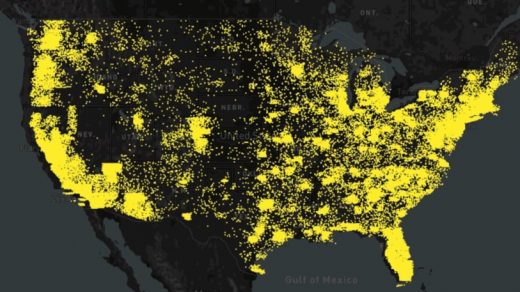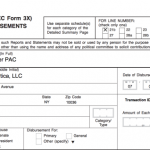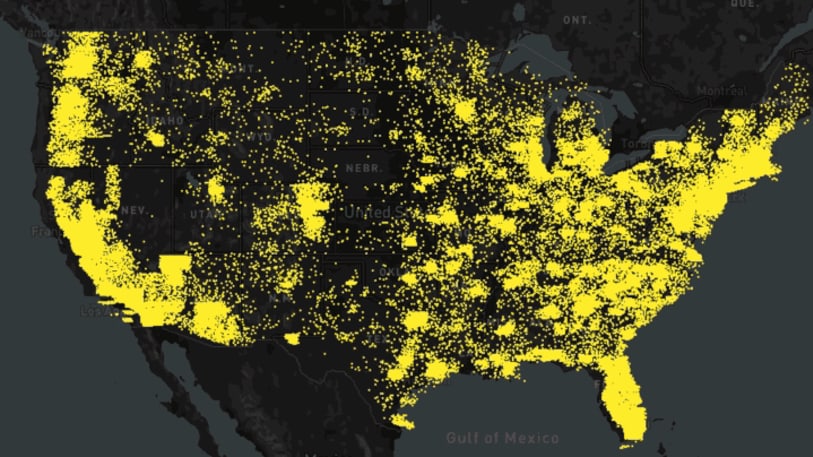Learn The Facts Of Homelessness In The U.S. With These Data Visualizations
While homelessness might be particularly visible in some American cities–driving past the rows of tents on Skid Row in Los Angeles or encampments under highway overpasses in Seattle–it’s a national problem. A new website called Understanding Homelessness maps out homelessness across the country.
On a single night in January 2015, when volunteers across the U.S. visited homeless shelters and city streets to take a census of the number of people living without housing for a HUD survey, they counted 546,580 people (though the number may well be much higher, given the limitations of counting by hand). The map shows their locations, and also overlays data about other factors such as unemployment rates and the cost of rent.

“Instead of just looking at the homeless population, I wanted to contextualize it within the rest of the systems or societal factors that we live with . . . there are all these other systemic factors at work that lead someone down the path that they become at risk of being homeless,” says urban planner Gretchen Keillor, who led the creation of the site. “I wanted to explore and draw parallels between what some of those systemic factors might be, and actually be able to visualize them side by side with information about the homeless population.”
Keillor began working on the website after moving to the Boston area two years ago, to a part of Cambridge where she saw people experiencing homelessness every day. Sasaki, the planning and design firm she works for, provided a grant for the work. “I think they saw, similar to what I had perceived, that we as a planning and design firm do so much in urban spaces, and this population is a huge part of those urban spaces, and it’s often a really challenging issue for our clients to address,” she says.

The website helps put homelessness in context, explaining that the definition is broader than most people realize, including people who might be on the verge of losing housing, or who are sleeping on a friend’s couch. (The HUD survey misses many of these people.) It also talks about the most common causes of homelessness. The list starts with a lack of affordable housing and unemployment, not mental illness or addiction.
“There is this misconception or stereotype about the average homeless person that you see on the street, that they might have substance abuse issues or mental health issues,” says Keillor. “And I wanted to try and overcome that by presenting what you see on the home page of the website, which is kind of a 101 primer on homelessness.”
The last section of the site is a tool to help visitors find a way to help. On a city level, push your leaders to explore solutions like “housing first,” a model that tries to provide permanent housing as quickly as possible. Businesses might put stickers in their windows to let a homeless person know they’ll be welcome if they need a glass of water or a restroom. Architects might create flexible buildings that can convert to provide new housing when needed. Urban planners could help clients think about space differently–if one type of design involves spikes to keep a homeless person from sitting on a ledge, another might deliberately try to provide shelter. Keillor points to the example of a Danish city that designed space in a park for a homeless population to use during the day.
When Keillor wrote to the Danish park planner to ask about the project, his response illustrated how differently the city approached design compared to most in the U.S. “I asked, ‘How did you get the community on board?’” she says. “He wrote back and said, ‘That’s just such a strange question to me, because in my mind [homeless people] are citizens, too. They’re just part of our community.”
The new site is designed to help others think differently about how they could help address homelessness. “I just really hope that this helps reframe the conversation about homelessness to be about people,” she says. “I think we think about it as data or this weird nonhuman demographic that we don’t know how to interact with. It’s really members of our communities that have ended up in these less-than-ideal situations. It’s about humanizing the problem again.”
(41)














